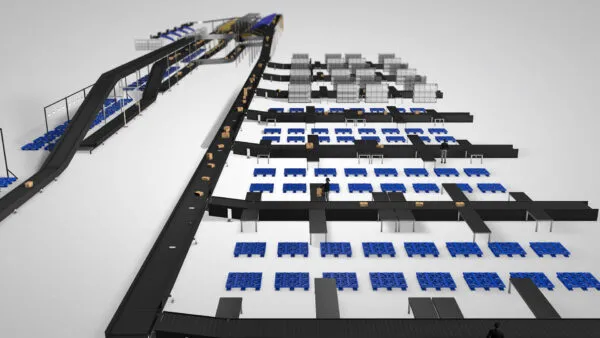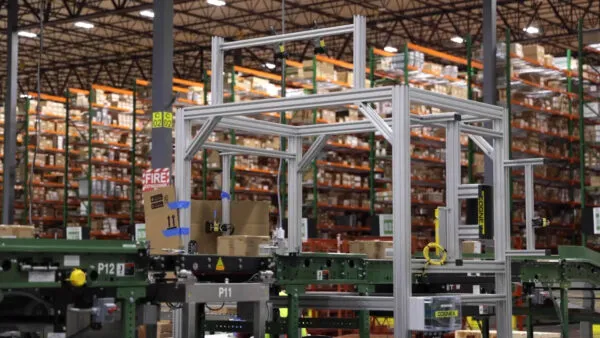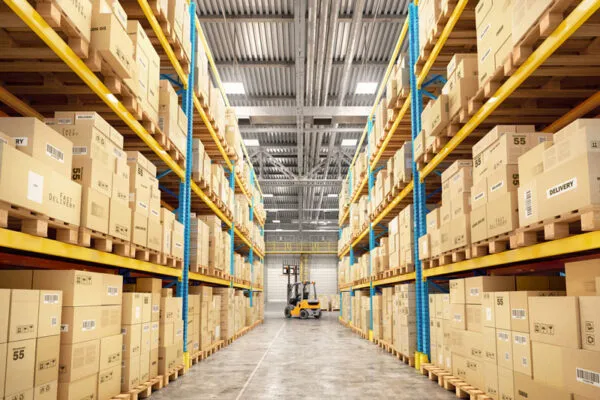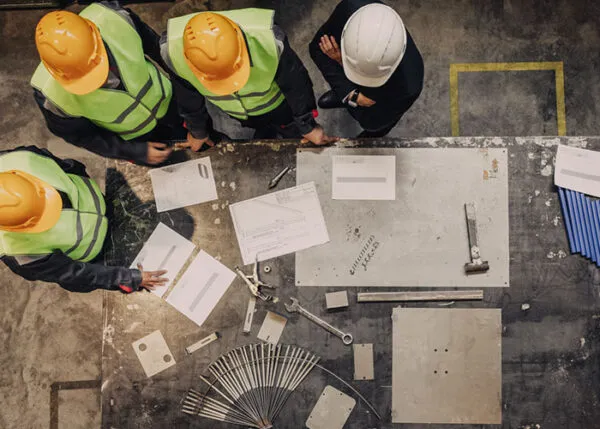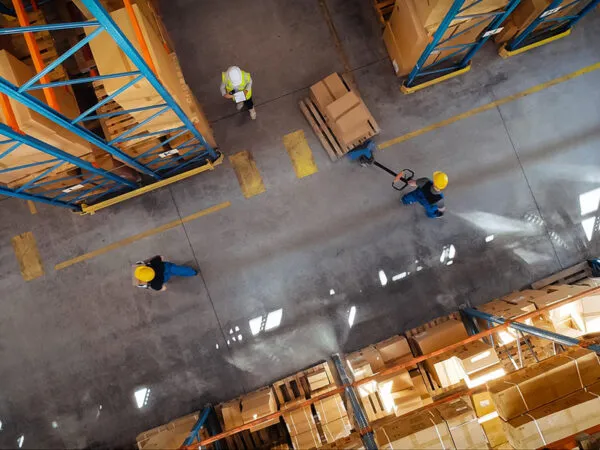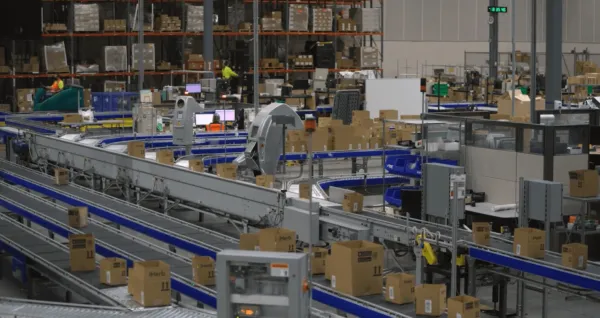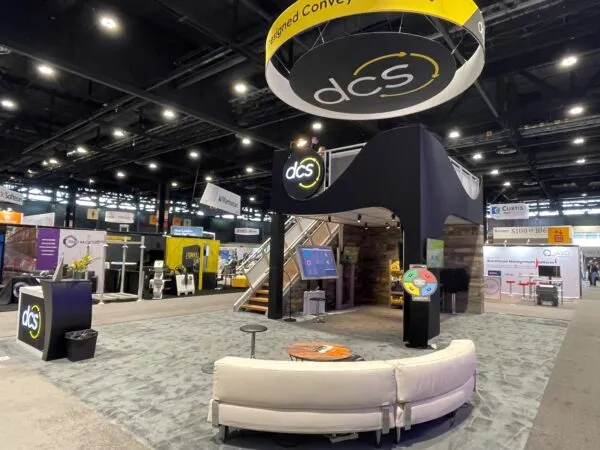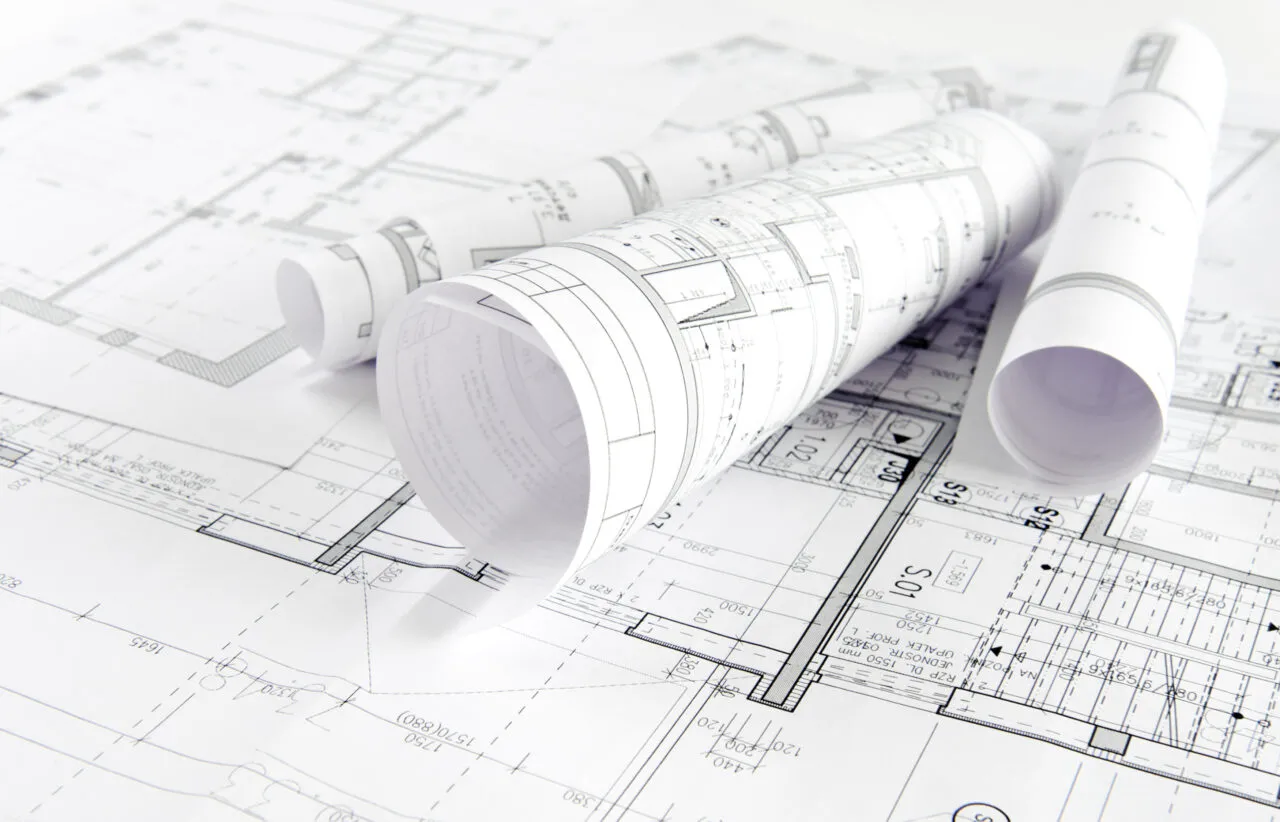Chances are, your warehouse or distribution operation is feeling both an acute shortage of labor, and a lack of capacity to store excess inventory as the port backups of the past 18 months have begun to ease. In response, you’re probably thinking about acquiring more square footage and adding some degree of automation to help address both challenges.
Both are perfectly valid options. However, don’t make the leap without a parachute. Whether constructing a greenfield facility, expanding an existing operation, or leasing a different building, site selection and facility design decisions represent an enormous investment in both time and capital. That’s why it’s imperative to embrace a holistic site selection and design approach to ensure the facility supports your overarching supply chain strategy.
In this, the first of two posts about this topic, I’ll share how DCS approaches these engagements.
How DCS Approaches Site Selection and Facility Design Engagements
When faced with the day-to-day challenges of getting orders out the door and on-time, it can be difficult to step back and consider the options. That’s why engaging the right system integrator can help.
A system integrator like DCS can help guide your operation through a comprehensive, thorough, and holistic process that ensures that your new facility is located in the right place, has the appropriate amount of square footage, and supports your automated material handling needs — today and into the future.
DCS applies a 4-step process to site selection and facility design engagements. This includes:
Step 1: Ensuring a Cultural Fit.
DCS deeply values our employees and their input. Leadership empowers everyone within our organization with the ability, opportunity, and permission to affect change. We encourage and trust each other to think creatively and share ideas for how we can continually get better. Therefore, it’s important to us that we partner with customers who feel the same. The most successful projects originate in this foundational principle.
Step 2: Understanding Your Overarching Supply Chain Strategy, Structure, and Implementation Goals.
Throughout the engagement process, DCS asks a lot of questions and listens closely to the answers. We need to first understand your business strategy before we can help to determine the appropriate facility type, location, and equipment to meet your objectives. We also dig into your business structure and your implementation goals to gain more insight into how best to meet your needs.
Step 3: Evaluating and Assessing Your Current and Projected Needs.
The DCS Supply Chain Consulting team works in partnership with you to closely examine your business data. This includes existing workforce, current workflow processes, inventory, order data, operations, software, conventional and automated equipment, and more. We perform end-to-end operations assessments and seek out process improvement opportunities to determine if reconfiguring your current facility can deliver the space and labor solutions you need — in alignment with your supply chain strategy.
Step 4: Assessing Site Selection and Facility Design Options.
If it is determined that your operations do need more space, DCS can help figure out how to maximize your facility investment while minimizing commissioning time. We conduct a network logistics study to establish the optimal size, location, staffing, and automation required, then recommend a solution. That can include expanding your existing footprint, relocating to a new location, or adding another facility to your network.
Industrial Capacity at an All-Time Premium
When the solution calls for a new location, we engage with one of our preferred real estate partners to help evaluate all the options. This step is critical, particularly as industrial and commercial warehousing space has become exceptionally scarce across the country. This has caused industrial rents to explode in most markets.
Research from Todd Steffen, Executive Vice President of Supply Chain & Real Estate Advisory Services at Colliers, an international commercial real estate brokerage and advisory firm, backs this up. Their most recent U.S. Industrial Report for Q4 2022 noted:
- The overall industrial vacancy rate was 3.7% at the end of 2022, even tighter than the previous year of 3.9%.
- 481 million square feet of new industrial capacity filled up in 2022, despite a 25.9% growth in new supply over 2021.
- On average, lease rates rose to $9.07 per square foot; 12 months prior it was $7.91 per square foot.
- More than 647 million square feet is currently under construction — much of which is probably already committed to a tenant.
However, greenfield construction remains out of reach for many operations in terms of costs, contractor and material availability, and equipment lead times. Even though warehouse and distribution operators need more space, the miniscule supply that’s available is extremely expensive, especially in primary markets like Inland Empire, Seattle, New Jersey, and Savannah — not only for premium Class A space, but also for less desirable Class B and C facilities.
Pressed by a shortage of space, it can be tempting to snap up any available facility that appears to have enough square footage to accommodate inventory needs. But doing so would be a mistake. There are several other factors to consider first before signing that lease, which I will discuss in the second post of this two-part series.
Considering a New Facility? Talk to a System Integrator First
Working with the right system integrator ensures that your new facility will be in the right place, based on a host of supply chain, operational, and infrastructure factors. It also delivers flexibly designed facilities that form the foundation of your long-term success.
For more information about how holistic site selection and facility design can help deliver on your overarching supply chain strategy, connect with us, or reach out directly to me at gary@designedconveyor.com.
AUTHOR: Gary Church, Strategic Accounts, Senior Executive, gary@designedconveyor.com
